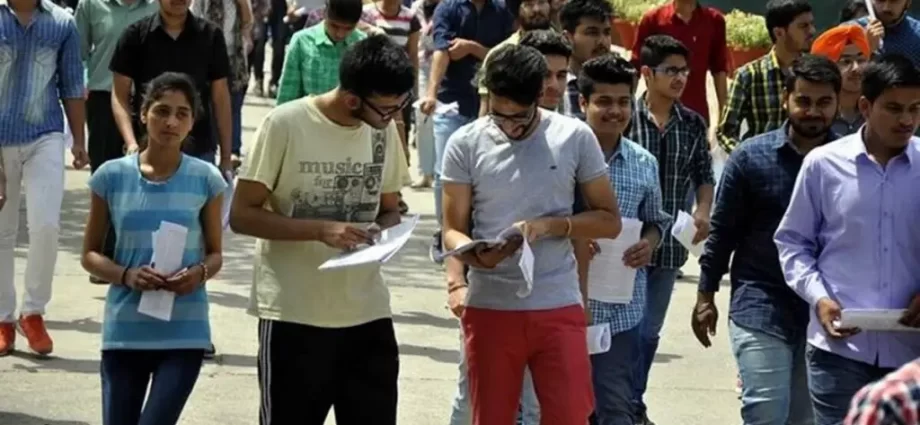The first required entry test to enter undergraduate programs in all 45 central universities will be held in the first week of July, Chairman of the UGC M Jagadesh Kumar was announced on Monday.
The public university entrance test (CUET) is a computerized test and will be carried out by the National Test Agency (NTA), which will announce the test pattern on Tuesday, he said. The application window for inspection will open in the first week of April.
Entering the undergraduate program at these universities will then be based on a cuet score, and the 12th board sign will not bring the battery, Kumar said. Universities can, most, using board exams as a feasibility criteria for tests, he said.
This effectively means that performance in the examination of the 12th grade council will no longer be an acceptance factor at all central universities. In other words, the high cut-off sign at Delhi University is now history. This year, Seven Du College has asked 100 percent marks on the first list to recognize students for a total of 10 programs.
The government does not support using a board sign to enter because of “diversity” in the evaluation method. “Some boards are more generous than others in marking and this gives their students an unfair advantage over others,” said an official who talked about the condition of anonymity.
Following cuet, each university will recognize students based on a list of achievements prepared by NTA, and there will be no general counseling.
University of Delhi, University of Jawaharlal Nehru, Jamia Millia Islamia and Indira Gandhi National Open University in the National Capital City, and the Muslim University of Aligarh and the University of Banaras Hindu above, is one of the famous central universities which will now be borne by cuet.
When asked whether the central universities ordered seats for minorities, such as Amu and Jamia, also had to adopt cuet, Kumar clarified that this test was mandatory for all 45 central universities funded by UGC. He added that cuet would not affect the quota of seats ordered at such institutions, but they had to ask mandator to recognize all students through general tests.
“The only difference is that these students must also come through cuet, such as students to be accepted in public chairs. Policies and procedures for university reservations will still have not changed,” said Chairman of the UGC.
Cuet will bring multiple choice questions based on NCERT textbooks and students will be negatively marked for the wrong answer. The entrance test will have three parts (see box). Cuet 2022 will be offered in 13 languages, namely Hindi, Marathi, Gujarati, Tamil, Telugu, Kannada, Malayalam, Urdu, Assamese, Bengali, Punjabi, Odia and England.
The exam will be carried out in two shifts. In the first shift, the candidate will appear for part I (language), two selected domain subjects and general tests. In the second shift, they will appear for four other domain subjects and additional language tests, if choosing.

